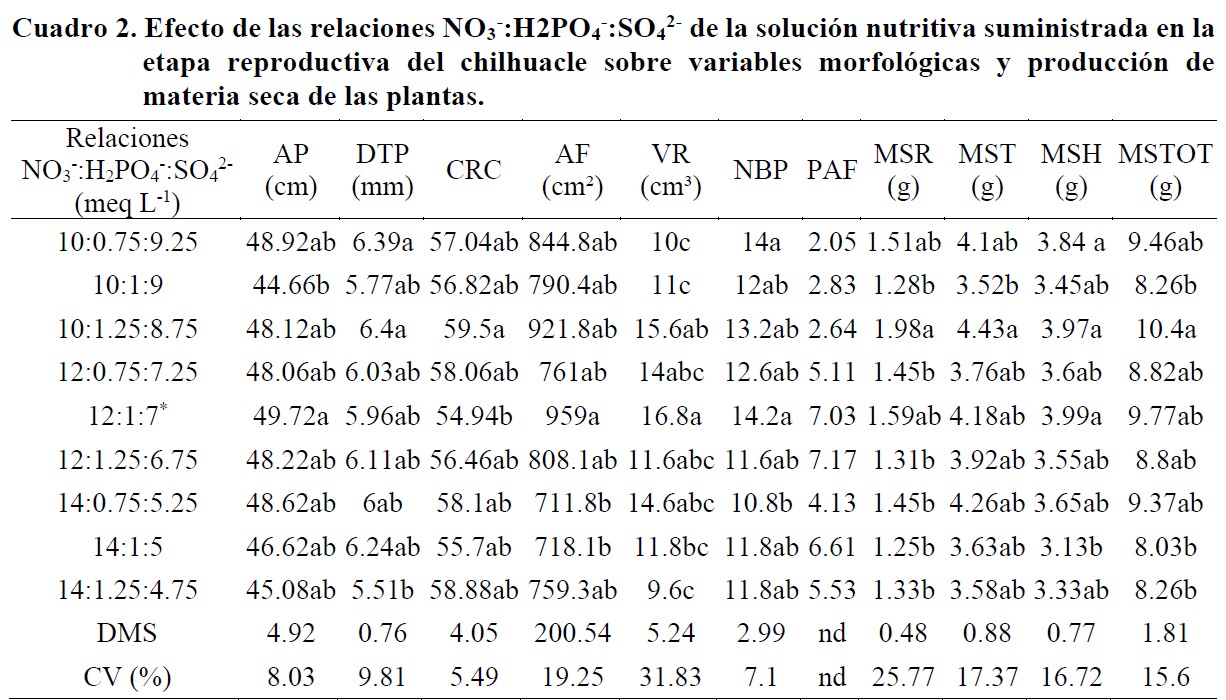Competitiveness of Mexico’s Hass avocado exports in the world market
DOI:
https://doi.org/10.29312/remexca.v13i2.2885Keywords:
avocado, exports, imports, production, trade balanceAbstract
At the international level, the national production of avocado in Mexico during the season from July 2019 to June 2020 reached 2.4 million tonnes, 6% more compared to the 2018 to 2019 cycle of the same period, regarding exports, they were close to 860 thousand tonnes, thus contributing more than 45% of the world market of exports. Michoacán is the main avocado-producing state in Mexico, with approximately 26 740 registered producers, contributing 74% of the national production (2.4 million tonnes), followed by the states of Jalisco and Mexico with 12 and 4%, respectively. Recent export estimates place avocado in third place, only behind tomatoes and beer. The fundamental purpose is to analyze the competitiveness of Mexico’s avocado during the period from 1995 to 2020 in the world market, derived from the surplus in production and exports. The materials and methods used are based on the figures of production, exports and imports of avocado consulted in official sources, and through the calculation of trade competitiveness indicators, specifically the indicators of relative trade balance, tradability indicator, trade dependence coefficient and the degree of export openness. The results obtained reflect that avocado production in Mexico is competitive at the international level.
Downloads
References
Balassa, B. 1965. Trade liberalization and revealed comparative advantage. England. The Manchester School of Economic and Social Studies. 33:99-123. https://doi.org/10.1111/ j.1467-9957.1965.tb00050.x.
Barrientos, P. A. F. 2010. El aguacate. CONABIO. Biodiversitas, 88:1-7. https://bioteca. biodiversidad.gob.mx/biodiversitas.html.
Bonales, J. y Sánchez, M. 2003. Competitividad internacional de las empresas exportadoras de aguacate: el aguacate michoacano en el mercado norteamericano. IIEE-UMSNH. 1a (Ed.). Morelia, Michoacán, México. 251 p.
Castro, M. E. 2010. Las estrategias competitivas. Cienc, Econ. 1(28):247-276.
Durán, L. J. E. y Álvarez, M. 2008. Indicadores de comercio exterior y política comercial: mediciones de posición y dinamismo comercial. CEPAL-ONU. 1ra. (Ed.). Santiago de Chile. 43 p. https://repositorio.cepal.org/bitstream/handle/11362/3690/S2008794-es.pdf.
Echánove, H. F. 2008. Abriendo fronteras: el auge exportador del aguacate mexicano a Estados Unidos. España. Anales de Geografía de la Universidad Complutense. 28(1):9-28.
FAOSTAT. 2020. Datos sobre alimentación y agricultura. Base de datos estadísticos de la FAO. FAO. Roma, Italia. http://www.fao.org/faostat/es/avocado.
Franco, S. M. A.; Leos, R. J. A.; Salas, G. J. M.; Acosta, R. M. y García, M. A. 2018. Análisis de costos y competitividad en la producción de aguacate en Michoacán, México. Rev. Mex. Cienc. Agríc. 9(2):391-403.
Lerma, K. A. E. y Márquez C. E. 2010. Comercio y marketing internacional. Cengage Learning Editores, SA de CV, 4ta (Ed.). DF, México. 650 p.
Montoya, R. L. A.; Montoya, R. I. A. y Castellanos, D. O. F. 2008. De la noción de competitividad a las ventajas de la integración empresarial Bogotá, Colombia. Rev. Fac. Cienc. Econ. Investigación y Reflexión. 1501(1):59-70.
Pat, F. V. G.; Caamal, C. I. y Caamal, P. Z. H. 2017. Comportamiento y competitividad del mango de México en el mercado mundial. In: Ciencias Sociales: Economía y Humanidades Handbook T-III. Pérez, F.; Figueroa, E.; Godínez, L. y Salazar, R. (Eds.). 1ra (Ed.). ECORFAN-México, SC, Texcoco de Mora, Estado de México.
Ramírez, G. J. G.; Gonzalo, M. J. and Peterson, A. T. 2016. Potential geography and productivity of ‘Hass’ avocado crops in Colombia estimated by ecological niche modeling. Netherlands. Sci. Hortic. 237:287-295. https://doi.org/10.1016/j.scienta.2018.04.021.
Servicio de Información Agroalimentaria y Pesquera (SIAP). 2020. Avance de siembras y cosechas. México. Secretaría de Agricultura y Desarrollo Rural. http://infosiap.siap.gob.mx :8080/agricola-siap-gobmx/ResumenDelegacion.do.
Sharples, J. and Nilham, N. 2010. Long-run competitiveness of Australian agriculture. Econ. Res. Serv. Washington DC, USA. Economics Report No. 243. 25 p.
Sistema de Información Arancelaria Vía Internet (SIAVI). 2022. 08044001 Aguacates (paltas). México. Secretaría de Economía. http://www.economia-snci.gob.mx/sic-php/desarrollo/ Sistemas/siavi/genera.php?fraccion=08044001.
STATISTA. 2020. Aguacate Hass en México. Alemania. Statista GmbH. https://es.statista.com/ estadisticas/528382/produccion-de-aguacate-en-el-mundo/.
United States Department of Agriculture (USDA). 2020. National statistics for avocados. USA. National Agricultural Statistics Service. https://www.nass.usda.gov/Statistics-by-Subject/result.php?C98479F8-55F4-3428-B889.C724A6CFCE03§or=crops&group= fruit%20%26%20tree%20nuts&comm=avocados.
Williams, G. W.; Capps, O. and Hanselka, D. 2017. The national economic benefits of food imports: The case of U.S. Imports of Hass avocados from Mexico. J. Int. Food Agribus. Mark. 29(2):139–157. https://doi.org/10.1080/08974438.2016.1266570.
Williams, O. 1977. The botany of the avocado and its relatives. Proc. 1st international tropical fruit short Course, the avocado. University of Florida, Gainesville, Florida. USA. 9-15 pp.

Published
How to Cite
Issue
Section
License
Copyright (c) 2022 Revista Mexicana de Ciencias Agrícolas

This work is licensed under a Creative Commons Attribution-NonCommercial 4.0 International License.
The authors who publish in Revista Mexicana de Ciencias Agrícolas accept the following conditions:
In accordance with copyright laws, Revista Mexicana de Ciencias Agrícolas recognizes and respects the authors’ moral right and ownership of property rights which will be transferred to the journal for dissemination in open access. Invariably, all the authors have to sign a letter of transfer of property rights and of originality of the article to Instituto Nacional de Investigaciones Forestales, Agrícolas y Pecuarias (INIFAP) [National Institute of Forestry, Agricultural and Livestock Research]. The author(s) must pay a fee for the reception of articles before proceeding to editorial review.
All the texts published by Revista Mexicana de Ciencias Agrícolas —with no exception— are distributed under a Creative Commons License Attribution-NonCommercial 4.0 International (CC BY-NC 4.0), which allows third parties to use the publication as long as the work’s authorship and its first publication in this journal are mentioned.
The author(s) can enter into independent and additional contractual agreements for the nonexclusive distribution of the version of the article published in Revista Mexicana de Ciencias Agrícolas (for example include it into an institutional repository or publish it in a book) as long as it is clearly and explicitly indicated that the work was published for the first time in Revista Mexicana de Ciencias Agrícolas.
For all the above, the authors shall send the Letter-transfer of Property Rights for the first publication duly filled in and signed by the author(s). This form must be sent as a PDF file to: revista_atm@yahoo.com.mx; cienciasagricola@inifap.gob.mx; remexca2017@gmail.
This work is licensed under a Creative Commons Attribution-Noncommercial 4.0 International license.


